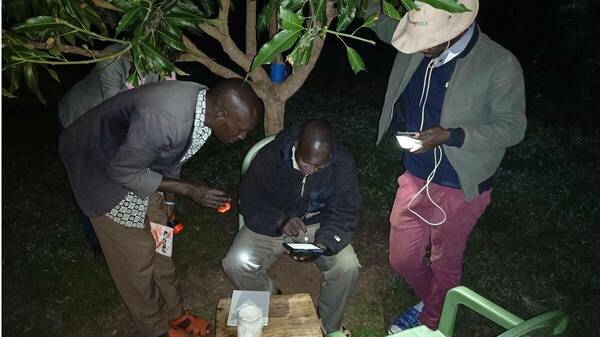
Recent publication from AEGIS partners at the Kenya study site, "Early morning anopheline mosquito biting, a potential driver of malaria transmission in Busia County, western Kenya", integrating learnings from both, entomological and human behavior data, identifies opportunities and the need for complementary vector control tools for prevent malaria transmission.
"Gaps in insecticide treated net (ITN) protection can occur when human activities are incompatible with ITN use or when mosquitoes adapt their biting patterns to hours and contexts inappropriate to such use. In this study, most exposure to malaria mosquito bites was found to occur indoors during times when ITNs can provide protection, underscoring the continued benefit of effective ITNs in this context. However, it also identified an important gap in protection—peak biting occurred in the early morning when many people were already awake and no longer protected by an ITN. Additional research is needed to better understand the extent to which biting may continue into the morning beyond 07:00 AM when collections ended. Further, while Human Landing Catches were carried inside and directly outside of homes, a large proportion of the human population was observed to be away in the evening and early morning hours. It will be important to further characterize exposure patterns away from home and to identify appropriate complementary prevention measures. Several promising vector control interventions are currently under evaluation that could help to address these gaps. This study adds to a growing body of evidence on the importance of integrating entomological and human behavioural data to understand context-specific gaps in protection."
Read more here: https://malariajournal.biomedcentral.com/articles/10.1186/s12936-024-04893-3
